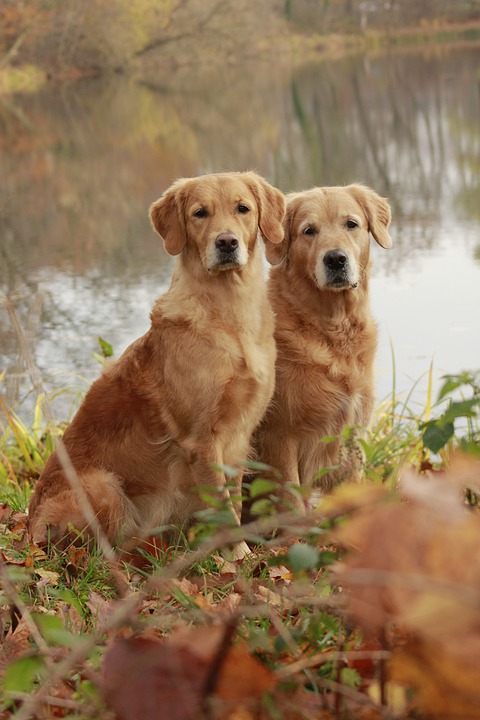# Mastering Loose leash Walking: A Step-By-Step Guide
Walking your dog should be an enjoyable experience for both you and your furry friend. However, if your dog constantly pulls on the leash, it can quickly become a frustrating and tiring task. Mastering loose leash walking is essential for a well-behaved and happy dog. In this step-by-step guide, we’ll explore effective techniques to help you achieve this goal.
## Understanding Loose Leash Walking
Before diving into the training process, it’s important to understand what loose leash walking entails. Loose leash walking means that your dog walks calmly beside you without pulling on the leash, allowing for a relaxed and pleasant walk. It requires proper leash handling and effective communication between you and your dog.
## Step 1: Equipment and Preparation
To begin your loose leash walking training, you’ll need some essential equipment:
1. **Leash**: Choose a leash that is comfortable for both you and your dog. A standard six-foot leash made from nylon or leather is a good option.
2. **Harness or Collar**: Opt for a harness or collar that doesn’t cause discomfort or pain to your dog. Avoid using choke or prong collars, as they can harm your dog.
3. **treats**: Use small, tasty treats as rewards during training sessions. Ensure they are motivating for your dog.
4. **Patience**: Remember that training takes time and consistency. Approach each session with patience and a positive attitude.
## Step 2: Teach Basic Obedience Commands
Before diving into loose leash walking specifically, it’s crucial to establish basic obedience commands such as “sit,” “stay,” and “come.” These commands lay the foundation for effective communication during walks.
## Step 3: Start Indoors
Begin your training sessions indoors, where there are fewer distractions. Attach the leash to your dog’s harness or collar and hold the other end loosely. Reward your dog with treats and praise for staying by your side. This step helps your dog understand that being close to you is rewarding.
## Step 4: The Stop-and-Go Method
Once your dog is comfortable walking beside you indoors, it’s time to practice the stop-and-go method. Start walking slowly, and as soon as your dog begins to pull, stop in your tracks. Wait for your dog to turn back and give you attention, rewarding them for doing so. Repeat this process, gradually increasing the distance between stops.
## Step 5: Change Directions
To further reinforce loose leash walking, practice changing directions. While walking, suddenly turn in the opposite direction, giving a gentle tug on the leash. When your dog follows and catches up to you, reward them with treats and praise. This technique helps your dog focus on you and stay close.
## Step 6: Outdoor Practice
Once your dog has mastered loose leash walking indoors, it’s time to move your training sessions outdoors. Start in a quiet and less distracting environment, gradually progressing to busier areas. Remember to be patient, consistent, and reward your dog for their good behavior.
## FAQs
**Q1: How long does it take to master loose leash walking?**
A1: The time it takes to master loose leash walking varies for each dog. It depends on factors such as their age, prior training, and temperament. Consistency and regular practice are key to achieving success.
**Q2: What should I do if my dog continues to pull on the leash during training?**
A2: If your dog continues to pull, consider using a front-clip harness or head halter to discourage pulling. These tools redirect their attention back to you. Additionally, consult a professional dog trainer for guidance.
**Q3: Can I use punishment to discourage pulling?**
A3: Punishment is not recommended as it can lead to fear, anxiety, and aggression in dogs. Positive reinforcement, such as treats and praise, is a more effective and humane approach to train loose leash walking.
Remember, mastering loose leash walking requires time, patience, and consistent training. With the right techniques and positive reinforcement, you and your furry companion can enjoy pleasant walks together. Happy training!









